
Adkins Juried Art Show – Walker -Tall House and Bicycle
From an enormous frog intricately stitched from colorful scraps of cloth by Susan Schauer John to a fiery sunset behind loblolly pines by painter Jeanne Burton Fryer and the wild flurry of thousands of snow geese rising from a cornfield in a huge photo by Kellen McCluskey, Discovering the Native Landscapes of Maryland’s Eastern Shore, Adkins Arboretum’s 23rd annual Juried Art Show, presents a fascinating portrait of the Eastern Shore as seen from many diverse perspectives.
On view in the Visitor’s Center through April 29, this exhibit was juried by Sarah Jesse, director of the Academy Art Museum in Easton. She will speak about her choices at a reception on Sat., March 11 from 2 to 4 p.m.
Given the record high of 189 entries submitted for the show, Jesse faced a huge challenge in narrowing the field down to only those that would fit in the Arboretum’s gallery, plus one outdoor installation. She chose works in a variety of mediums, including painting, drawing, pastel, photography, prints, ceramics, fiber art and mixed media.
“I looked for work that had a combination of technical prowess and what I perceived to be some sort of conceptual underpinning or deeper meaning behind the work,” Jesse said. “I also wanted to celebrate artists working in unique media and methods that we don’t see as often in local shows, such as pinhole camera photography and installation art.”
Jesse chose two works to share the annual Leon Andrus Award: “Tall House and Bicycle,” a mixed media sculpture by Ron Walker of Oxford, and Stevensville artist Robin Craig’s acrylic painting “Harriet Tubman May Have Walked Here.”

Adkins Juried Art Show – Craig – Harriet Tubman May Have Walked Here
Both works have a lot more going on than a quick glance will suggest. The simple rural house with a bicycle lying on a smooth green lawn in “Tall House and Bicycle” actually harbors a warning about rising sea levels caused by climate change.
“Upon further investigation,” Jesse said, “the viewer notices evidence of something awry. The foundation of the house and the bicycle are submerged under water, and a waterline, presumably from a prior flood, encircles the house, lending an eerie quality to an otherwise pleasant scene.”
Likewise, “Harriet Tubman May Have Walked Here” first catches the eye with its unusual take on landscape painting—an aerial view of a bridge crossing a river surrounded by forest—but close up, there is much more to be discovered, including hundreds of tiny lines of writing that swirl through the river’s blue water.
“It highlights the unique geographical context of the Eastern Shore that both aided and hindered Tubman’s work,” Jesse noted, “and it evokes a ‘map’ of the area that Tubman would hold in her mind’s eye as she traversed the land, leading enslaved people farther north. By writing Tubman’s words into the terrain and waterways, the artist reminds us that it was enslaved people whose labor shaped the land for the economic benefit of others.”
Many more stories run through this lively show. There are iconic landscapes and waterscapes, close-up studies of leaves, bark and tree roots and even a voluptuous hydrangea blossom sculpted from clay. Perhaps the most unusual artwork in the show is Daryle Locko’s “The Forgotten,” which honors the Choptank people who once lived on the land that is now the Arboretum. A series of simple wire sculptures twisted to make two eyes and a nose are hung in the trees and shrubs surrounding the Visitor’s Center to evoke the presence of the indigenous people forced from the area by European settlement.
The show is part of Adkins Arboretum’s ongoing exhibition series of work on natural themes by regional artists. It is on view through April 29 at the Arboretum Visitor’s Center located at 12610 Eveland Road near Tuckahoe State Park in Ridgely. Contact the Arboretum at 410-634-2847, ext. 100 or [email protected] for gallery hours.
A 400-acre native garden and preserve, Adkins Arboretum provides exceptional experiences in nature to promote environmental stewardship.
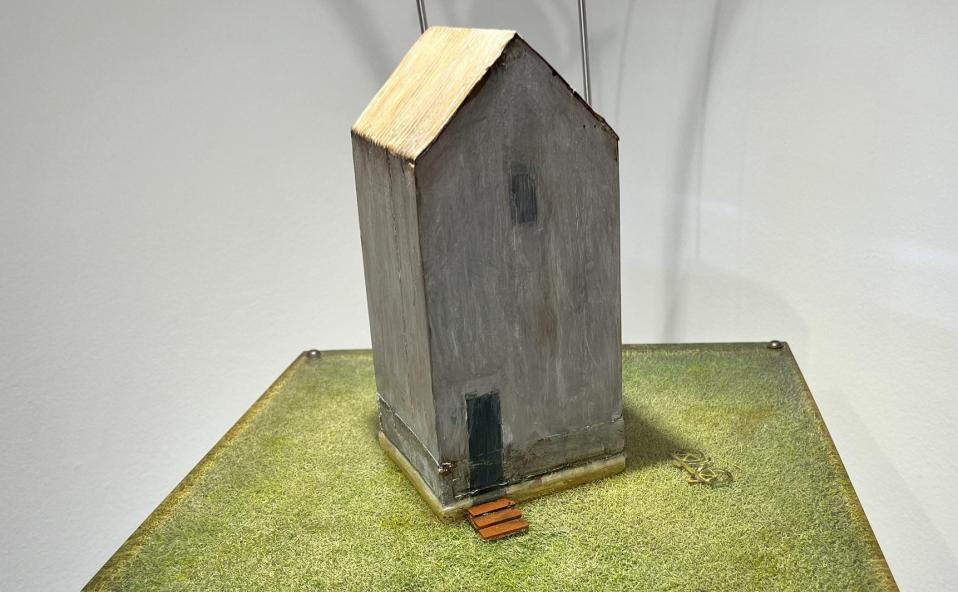

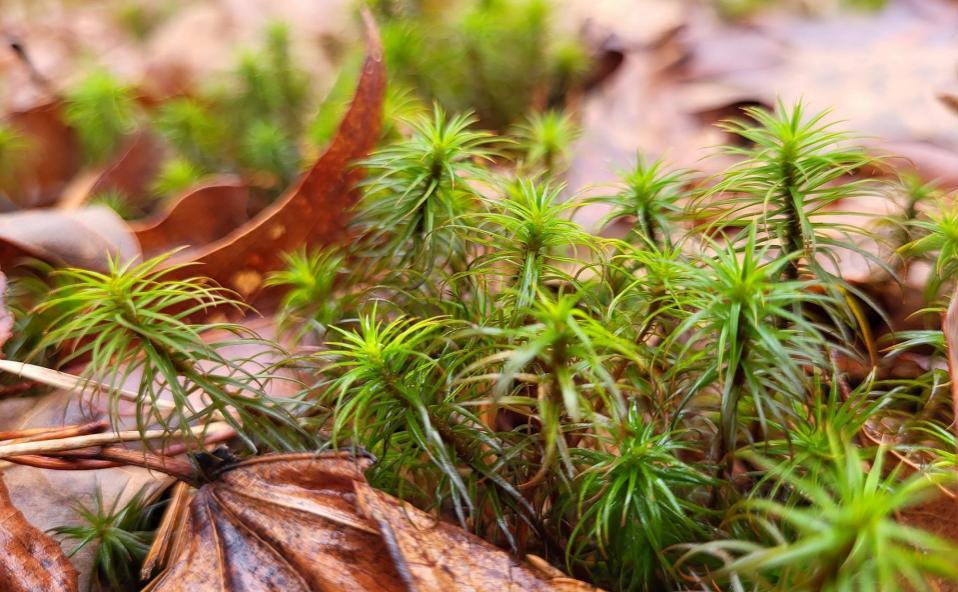
 Last week, we asked you about evening primrose (Oenothera biennis)! This native biennial grows 2 to 6 feet tall and has bright yellow flowers that open in the evening! It grows best in disturbed soils and seeds will remain in the seed bank until an opening occurs. The seeds are important food for birds and the flowers attract a variety of moths. This plant is also known to attract a variety of insects known as natural enemies (beneficial insects who prey on common pests like aphids and thrips). So, if you come across evening primrose in your landscape, count yourself lucky and let it grow!
Last week, we asked you about evening primrose (Oenothera biennis)! This native biennial grows 2 to 6 feet tall and has bright yellow flowers that open in the evening! It grows best in disturbed soils and seeds will remain in the seed bank until an opening occurs. The seeds are important food for birds and the flowers attract a variety of moths. This plant is also known to attract a variety of insects known as natural enemies (beneficial insects who prey on common pests like aphids and thrips). So, if you come across evening primrose in your landscape, count yourself lucky and let it grow! Adkins Mystery Monday is sponsored by the Spy Newspapers and Adkins Arboretum. For more information go
Adkins Mystery Monday is sponsored by the Spy Newspapers and Adkins Arboretum. For more information go 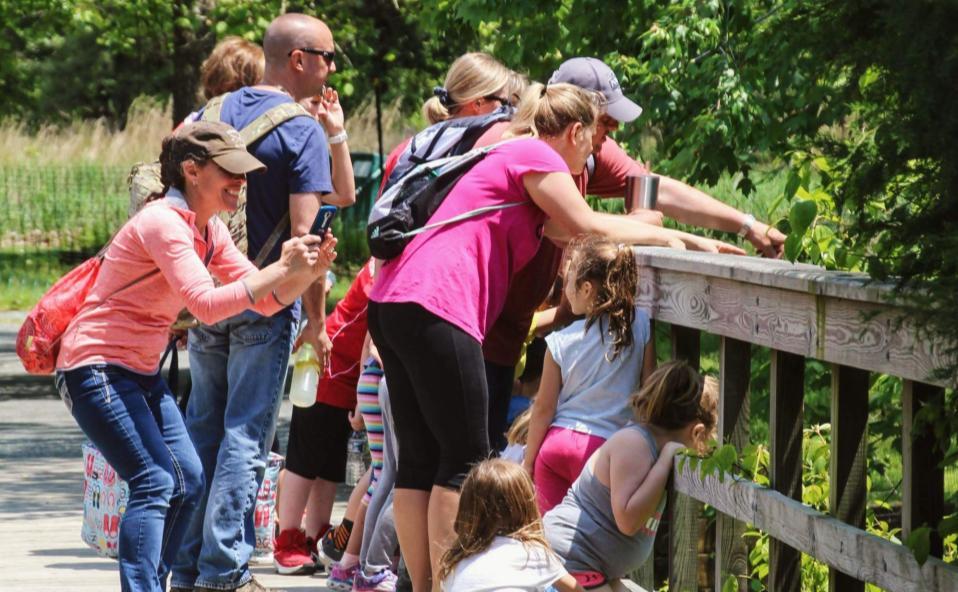
 A full day of forest fun is planned for Adkins Arboretum’s inaugural Earth Day Adkins event, a celebration of Earth Day and Arbor Day, on Sat., April 22.
A full day of forest fun is planned for Adkins Arboretum’s inaugural Earth Day Adkins event, a celebration of Earth Day and Arbor Day, on Sat., April 22.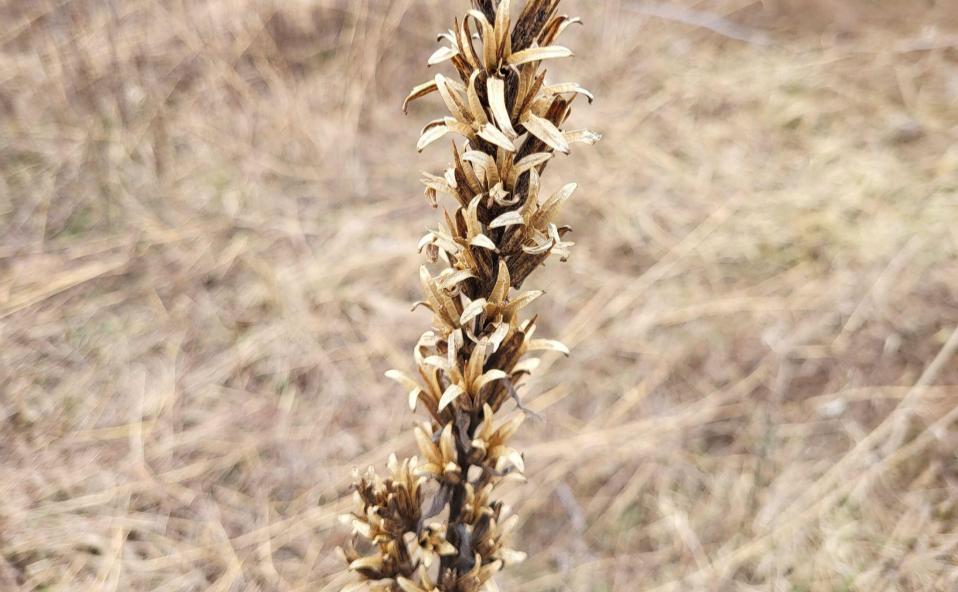
 Adkins Mystery Monday is sponsored by the Spy Newspapers and Adkins Arboretum. For more information go
Adkins Mystery Monday is sponsored by the Spy Newspapers and Adkins Arboretum. For more information go 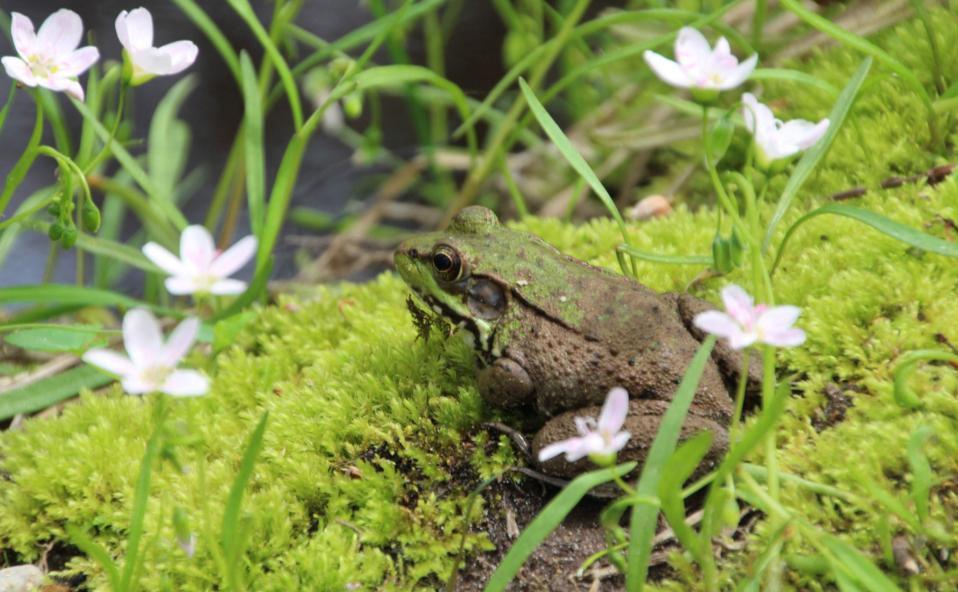

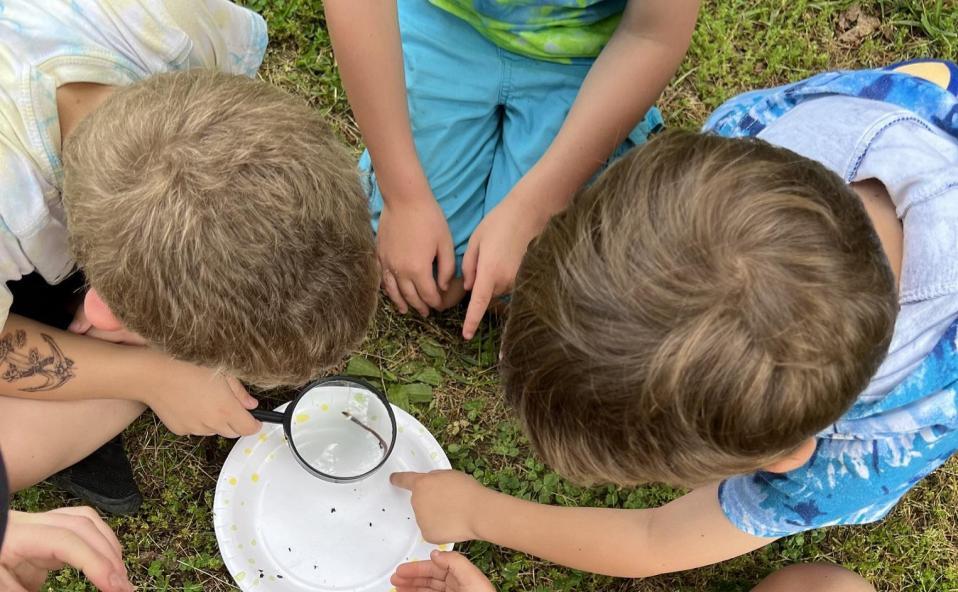

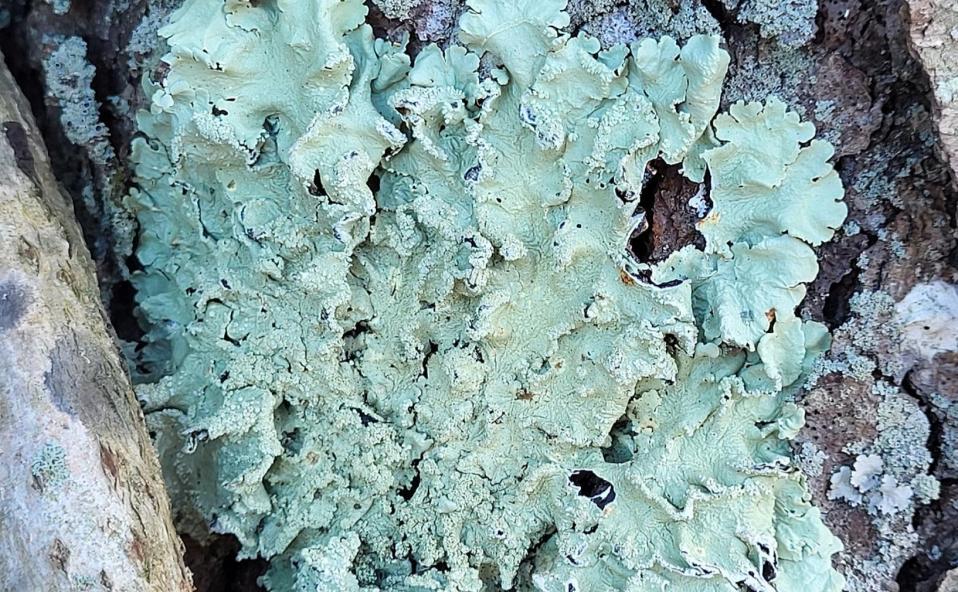
 #ecologyiscool #mysteryorganism #mutualism #symbioticrelationship #mysterymonday #adkinsarboretum #winterinterest
#ecologyiscool #mysteryorganism #mutualism #symbioticrelationship #mysterymonday #adkinsarboretum #winterinterest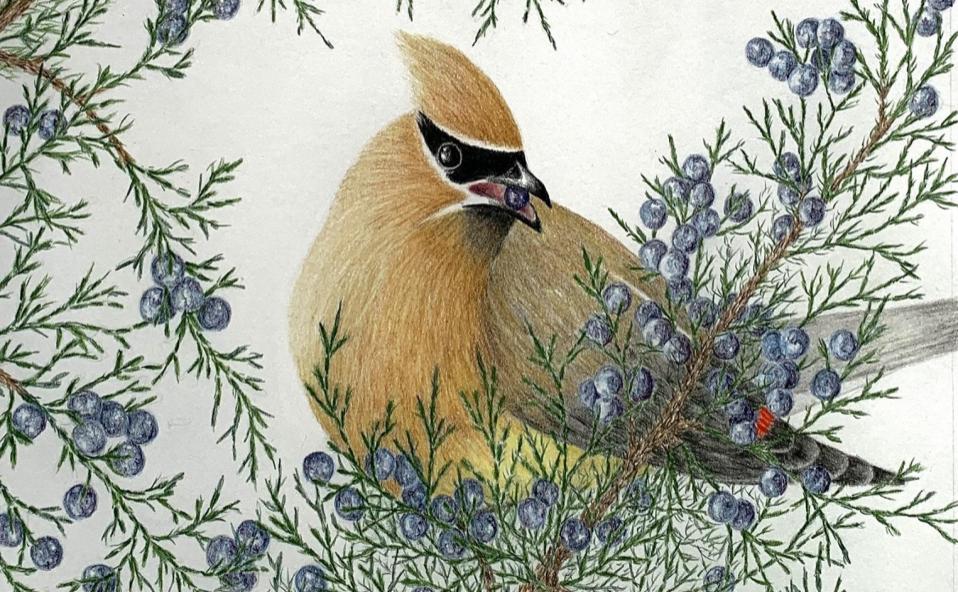

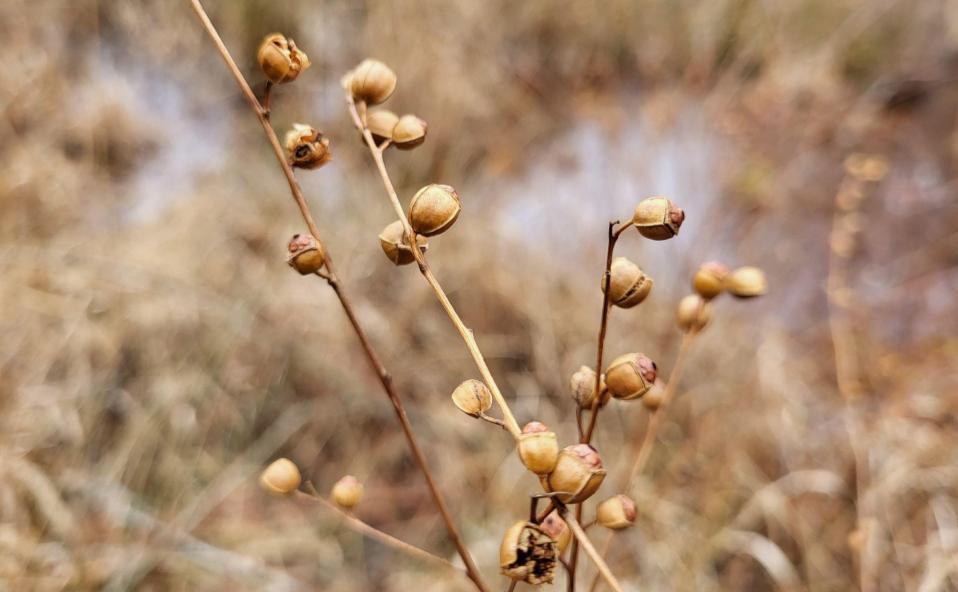
 Last week we asked you about splitbeard broomsedge (Andropogon ternarius)! This showy native warm-season grass grows in poor, sandy soils in full sun. In fall, it produces fluffy and silvery seed heads, which are a food source for songbirds and small mammals. Some animals will also use the grass and seeds as nesting material and cover.
Last week we asked you about splitbeard broomsedge (Andropogon ternarius)! This showy native warm-season grass grows in poor, sandy soils in full sun. In fall, it produces fluffy and silvery seed heads, which are a food source for songbirds and small mammals. Some animals will also use the grass and seeds as nesting material and cover. Adkins Mystery Monday is sponsored by the Spy Newspapers and Adkins Arboretum. For more information go
Adkins Mystery Monday is sponsored by the Spy Newspapers and Adkins Arboretum. For more information go 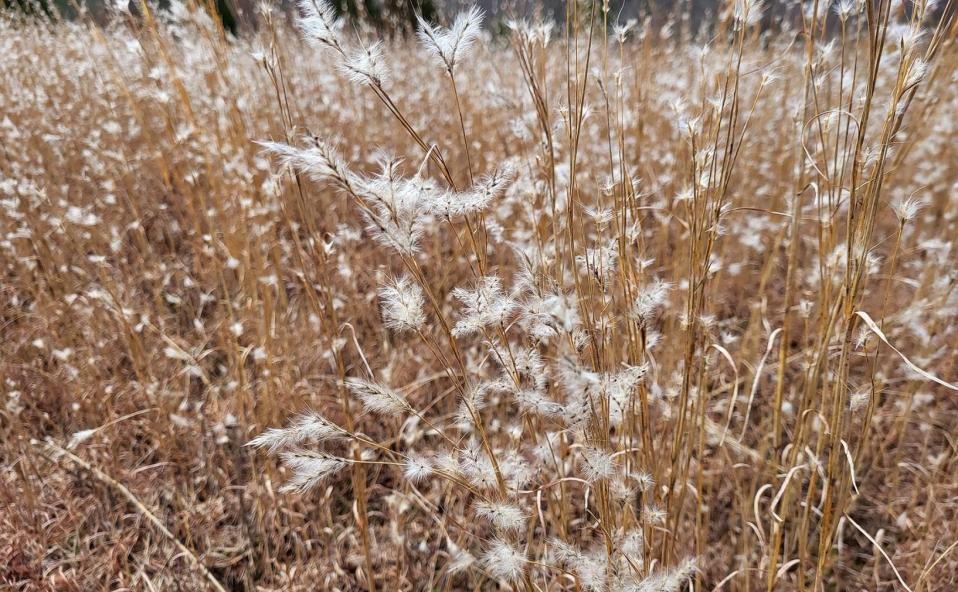
 Adkins Mystery Monday is sponsored by the Spy Newspapers and Adkins Arboretum. For more information go
Adkins Mystery Monday is sponsored by the Spy Newspapers and Adkins Arboretum. For more information go